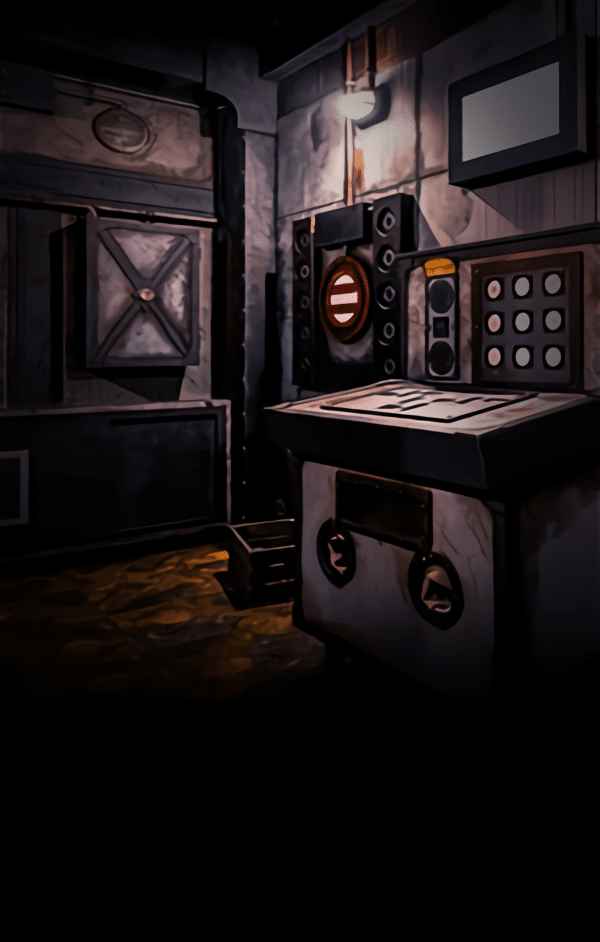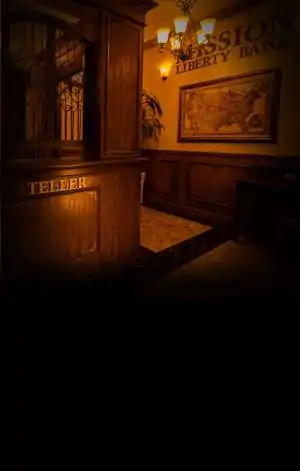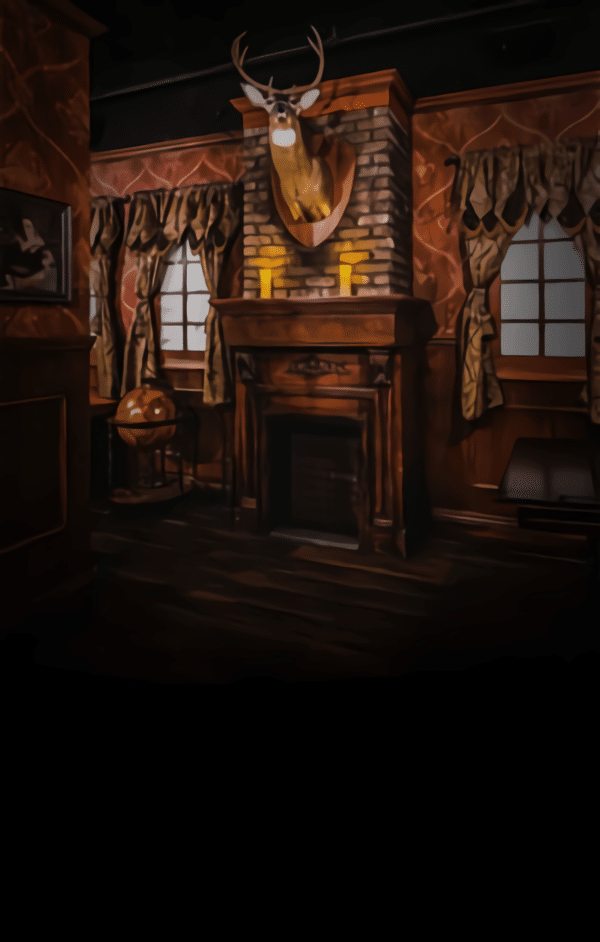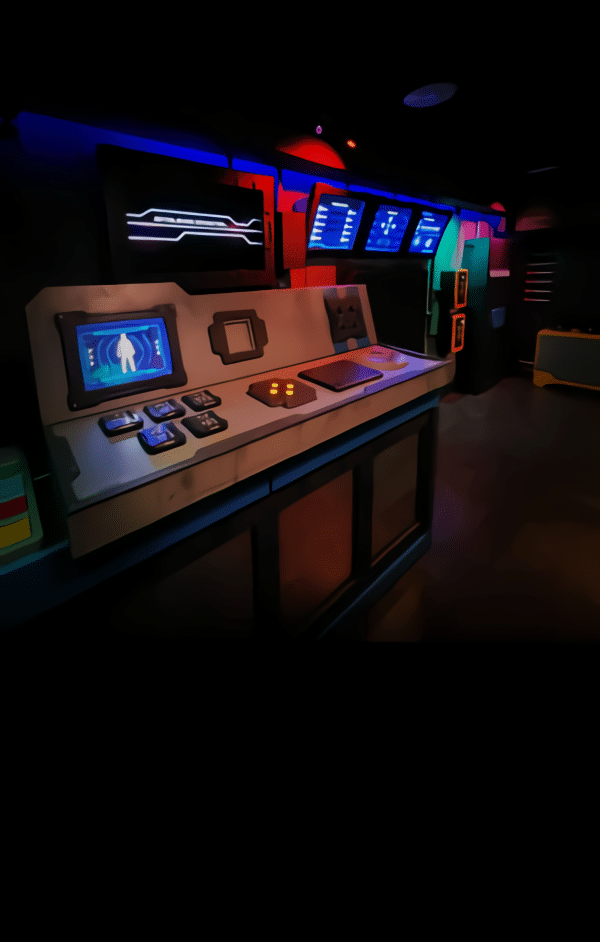What kinds of locks or codes are used in escape room NYC puzzles?
Escape rooms in New York City, especially in Midtown, offer thrilling challenges that require players to solve puzzles, find hidden clues, and unlock various mechanisms to progress through the game. Whether you’re playing End of Days A, End of Days B, Hydeout, or Carbon: 3708, understanding the types of locks and codes used in these experiences can give you an edge in solving puzzles efficiently.
From classic combination locks to high-tech electronic systems, escape rooms incorporate a variety of mechanisms to create immersive and interactive gameplay. This article explores the different types of locks and codes found in escape rooms, how they are used, and why they add to the excitement of the game.
Traditional Lock-and-Key Mechanisms
One of the most common puzzle elements in escape rooms is the traditional lock-and-key mechanism. These locks require players to find a hidden key somewhere in the room, often concealed in books, drawers, or behind furniture. Some of the most popular types of key locks include:
-
Padlocks – Standard key-based locks that require players to locate a hidden key.
-
Drawer Locks – Often found in desks or cabinets, these require a specific key to open secret compartments.
-
Hidden Mechanisms – Some keys might be disguised within objects like statues, picture frames, or props that must be manipulated to reveal the key.
Key locks are usually straightforward but can be combined with other puzzle elements to make their discovery more challenging.
Combination Locks
Combination locks add another level of difficulty to escape room puzzles. These require players to find a set of numbers or symbols to input into the lock to open a door, box, or drawer. Different types of combination locks include:
-
Numeric Padlocks – Require a specific sequence of numbers, often found in hidden notes, symbols, or coded messages within the room.
-
Directional Locks – Instead of numbers, these locks use a specific pattern of movements (e.g., up, down, left, right) to unlock.
-
Word Locks – Players must find a secret word and align it correctly to release the lock.
These locks encourage players to search for clues that provide numerical or alphabetical combinations, enhancing the puzzle-solving experience.
Electronic and Digital Locks
Many modern escape rooms, particularly in Midtown NYC, incorporate electronic and digital locks that require keypads, RFID scanners, or biometric scans to open. These locks add a futuristic element to escape room puzzles.
-
Keypad Locks – Players must enter a sequence of numbers or letters discovered throughout the room.
-
RFID (Radio Frequency Identification) Locks – Require players to find a special card, chip, or object and place it near a scanner to unlock a door.
-
Biometric Scanners – Some advanced escape rooms feature fingerprint or handprint scanners, often requiring players to create a fake fingerprint or find a way to activate the scanner.
Electronic locks often involve multiple steps or interactions, making them an exciting addition to escape room gameplay.
Hidden Codes and Ciphers
Escape rooms frequently utilize coded messages and ciphers that players must decode to progress. These codes can be found in books, paintings, or even written in invisible ink. Some of the most common types include:
-
Morse Code – Players may need to decipher flashing lights or audio signals.
-
Caesar Cipher – A type of encryption where letters are shifted a certain number of spaces in the alphabet.
-
Pigpen Cipher – Uses symbols instead of letters, often hidden within decor or wall markings.
-
Binary Code – Strings of 0s and 1s that must be converted into readable text.
Understanding these common ciphers can help players quickly decode messages and advance through an escape room.
Pressure and Sensor-Based Locks
Some high-tech escape rooms include pressure and sensor-based mechanisms that require physical interaction with the environment to unlock doors or reveal hidden compartments. These may involve:
-
Stepping on Certain Tiles – Players must stand on specific floor panels in the correct sequence.
-
Touch-Activated Surfaces – Objects or panels that require a certain number of touches or movements.
-
Laser Triggers – Players must align mirrors or avoid beams to activate a mechanism.
These types of locks enhance immersion by making players physically engage with their surroundings.
Magnetic and Electromagnetic Locks
Magnetic locks, also known as maglocks, are used in many advanced escape rooms. They rely on electromagnetism to keep doors or compartments closed and are usually unlocked through:
-
Correct Sequence of Actions – Players must trigger specific events in a certain order.
-
Hidden Switches – Pressing a disguised button can deactivate the lock.
-
Solving a Puzzle Mechanism – Completing a task, such as arranging objects in the right pattern, can release the lock.
Magnetic locks add a sense of realism and mystery, making them a favorite among escape room designers.
Why Choose Us?
Escape rooms in Midtown NYC offer an exciting mix of classic and high-tech puzzles, creating a thrilling experience for both beginners and experienced players. Whether you’re playing End of Days A, End of Days B, Hydeout, or Carbon: 3708, you’ll encounter a variety of lock and code challenges designed to test your creativity, teamwork, and problem-solving skills.
By incorporating diverse puzzle mechanics, escape rooms ensure that every game is unique and engaging. The combination of physical locks, electronic puzzles, coded messages, and sensor-based interactions creates an unforgettable adventure that challenges players in new and unexpected ways.
Conclusion
Escape rooms in New York City feature a wide range of locks and codes to enhance gameplay and immerse players in thrilling storylines. From traditional padlocks to advanced electronic and sensor-based systems, each lock type adds depth and excitement to the experience. Whether you prefer classic puzzles or high-tech challenges, understanding these mechanisms can help you strategize and solve puzzles more efficiently.
Next time you participate in an escape room NYC adventure, pay attention to the locks and codes around you. You never know when a hidden cipher, a magnetic lock, or an electronic keypad might be the key to your escape!
Frequently Asked Questions
Q: What kinds of locks or codes are used in escape room NYC puzzles?
A: Escape rooms use a variety of locks and codes, including key locks, combination locks, electronic keypads, RFID scanners, magnetic locks, and coded messages such as Morse code or ciphers. These elements make the puzzles more immersive and engaging.
Q: How do escape rooms incorporate technology into their puzzles?
A: Many modern escape rooms use electronic keypads, motion sensors, touch-activated panels, and biometric scanners to create interactive and immersive challenges. Technology allows for more creative and unpredictable puzzle designs.
Q: Are all escape room locks physical, or are there digital options as well?
A: Escape rooms feature both physical locks (key, combination, and padlocks) and digital locks (electronic keypads, RFID scanners, and magnetic locks). Many rooms blend both types to enhance the gameplay experience.
Q: How do players find codes or keys in an escape room?
A: Players must search the room for hidden clues, solve puzzles, decode messages, or complete tasks to reveal keys or codes. These elements may be hidden in books, props, wall art, or even behind secret compartments.
Q: Do escape room puzzles require outside knowledge to solve codes?
A: No, all puzzles and codes in escape rooms are designed to be solvable using only the information provided within the room. General problem-solving skills and teamwork are the most important factors in completing an escape room challenge.









